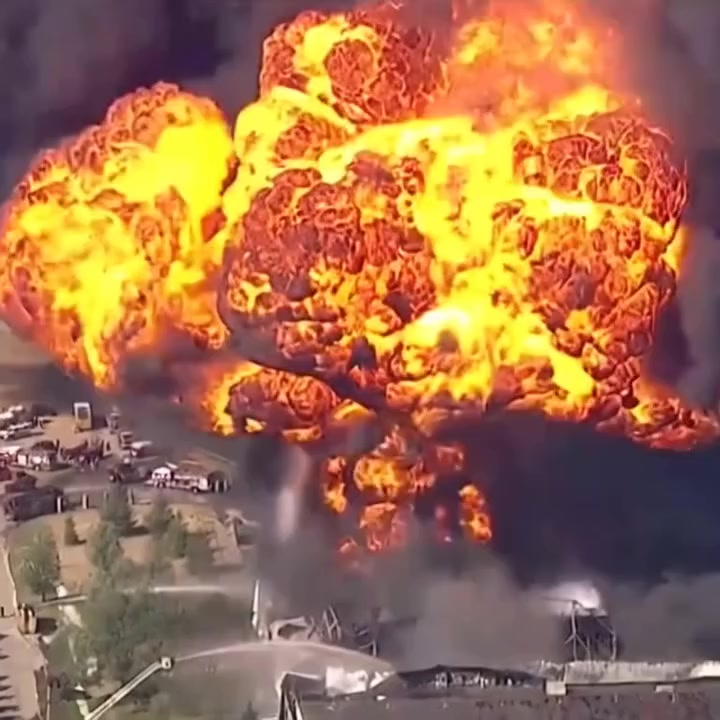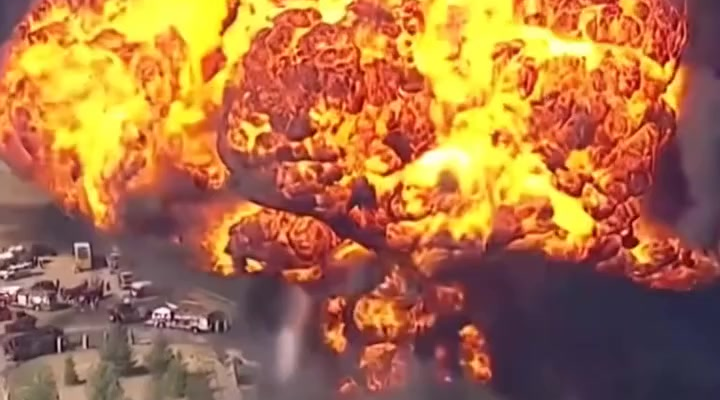Introduction: A Sudden Awakening
In the quiet hours before sunrise, many people expect peace—perhaps the distant call of a rooster, the steady hum of city life preparing for a new day, or the comforting silence of rural landscapes. But for millions of residents across southern China, Myanmar, and northern Thailand, that calm was violently broken.
A 7.7-magnitude earthquake struck near the border of China and Myanmar, its tremors racing across towns, villages, and cities. Within seconds, ordinary routines—preparing breakfast, walking to morning markets, or finishing night shifts—were interrupted by violent shaking. The earthquake served as a stark reminder that while technology and modern life often create an illusion of control, nature still holds the power to reshape lives in an instant.
This event was not only a tragedy but also an opportunity to reflect on human resilience, the importance of preparedness, and the interconnectedness of our global community.
The Science of the Earthquake
Why Was It So Strong?
Seismologists identified the quake’s epicenter about 10 kilometers underground, a relatively shallow depth that made the shaking far more intense. Earthquakes closer to the surface often deliver more immediate destruction, as energy doesn’t have time to disperse before reaching cities and villages.
The magnitude 7.7 puts this event among the strongest recorded in recent years for the region. To put that in perspective:
- A magnitude 5.0 earthquake may rattle dishes and crack plaster.
- A magnitude 6.0 earthquake can damage poorly built structures.
- At 7.7, the earth releases energy equivalent to hundreds of atomic bombs detonating underground.
The Tectonic Setting
The affected region lies within the collision zone of the Indian Plate and the Eurasian Plate. This is one of the world’s most active seismic belts. Over millions of years, these plates have created the towering Himalayan mountain range—a dramatic reminder of constant geological motion. But those same forces also make the region highly vulnerable to earthquakes.
Learning from Seismology
Experts highlight that while earthquakes cannot be predicted, early warning systems and building codes can drastically reduce casualties. Japan, for instance, has invested heavily in earthquake-resistant infrastructure and nationwide alerts. For countries like Myanmar and parts of China’s border regions—where resources and infrastructure may be weaker—such events expose gaps that need urgent attention.
Human Stories Amid Shaking Ground
The raw numbers of destruction—injuries, collapsed buildings, power outages—only tell part of the story. Behind every statistic is a family, a community, and a memory forever marked by the tremors.
- Families Escaping in Panic – Witnesses described rushing barefoot into the streets, clutching children, elderly relatives, and pets. Many had no time to grab belongings.
- Neighbors Helping Neighbors – In one village, survivors formed human chains to lift debris and rescue those trapped.
- Doctors in Makeshift Clinics – With hospitals damaged or overcrowded, medical staff treated wounds in open courtyards and school fields.
These accounts remind us that in the darkest hours, the best of humanity often shines through.
Cross-Border Impact
Though the epicenter was near the China–Myanmar border, the quake’s reach extended far beyond.
- Southern China: Border towns saw major infrastructure damage. Roads cracked, power lines snapped, and clean water supplies were interrupted.
- Myanmar: With fragile rural infrastructure, entire villages faced devastating collapses. Landslides added to the danger, blocking rescue operations.
- Thailand: In Chiang Rai and Chiang Mai, hotels and schools were evacuated. Tourists described running into the streets as alarms rang and furniture toppled.
This wide impact underscores a simple truth: natural disasters do not respect borders. International cooperation is not optional—it is necessary.
The Race Against Time
Rescue Efforts
Within hours, emergency teams mobilized. Firefighters, soldiers, and volunteers dug through rubble, sometimes with bare hands. Every sound—a muffled cry, a faint knock—brought renewed hope.
Obstacles
- Roads fractured or blocked by landslides
- Communication blackouts
- Hospitals running on generators
- Aftershocks creating fresh dangers
Despite these challenges, countless lives were saved due to sheer determination.
Psychological Impact
While physical rebuilding is visible, emotional recovery is often invisible. Survivors reported:
- Sleepless nights fearing aftershocks
- Children developing anxiety about returning indoors
- Families mourning lost relatives while still uncertain about the future
To address this, psychologists and humanitarian organizations stress the importance of mental health support as part of recovery.
Stories of Courage
Amid disaster, courage takes many forms:
- A teacher in Myanmar shielded her students under a sturdy desk until rescue came.
- In China, an elderly man refused to leave until he had helped neighbors with mobility issues.
- Tourists in Thailand guided frightened locals out of damaged hotels, despite language barriers.
Such stories remind us that heroism often comes from ordinary people acting with extraordinary kindness.
Government and International Response
Governments acted quickly, declaring emergencies, deploying military units, and setting up temporary shelters. Relief included:
- Distribution of food, water, and blankets
- Medical triage centers
- Public safety campaigns warning residents about aftershocks
International agencies such as the Red Cross, UN relief teams, and neighboring governments offered aid, showing how global solidarity can ease suffering.
Looking to the Future: Preparedness and Lessons Learned
Stronger Infrastructure
Events like this emphasize the need for earthquake-resistant construction. Retrofitting schools, hospitals, and public buildings can save thousands of lives.
Education
Teaching children and adults simple safety measures—“Drop, Cover, and Hold On”—can mean the difference between injury and survival.
Community Drills
Villages and cities benefit from regular emergency drills, ensuring residents know where to go and how to act when tremors strike.
The Global Context
Earthquakes of this magnitude have shaped history worldwide:
- The 2011 Japan Earthquake and Tsunami killed nearly 20,000 but also showcased the effectiveness of Japan’s preparedness.
- The 2015 Nepal Earthquake devastated Kathmandu, reminding the world of vulnerabilities in mountain regions.
- The 2008 Sichuan Earthquake in China claimed tens of thousands of lives but led to stricter building codes.
By comparing events, experts stress that preparedness is not just an option—it is a responsibility.
Conclusion: The Spirit That Endures
The 7.7-magnitude earthquake near the China–Myanmar border was more than a geological event; it was a human event. Homes were lost, lives were changed, and communities were tested. Yet amid destruction, a powerful truth emerged: human compassion and resilience often outlast the tremors of the earth.
Recovery will take months, even years. But every act of kindness, every building rebuilt stronger than before, and every lesson learned will stand as proof that while the earth may shake, the human spirit remains unshaken.



